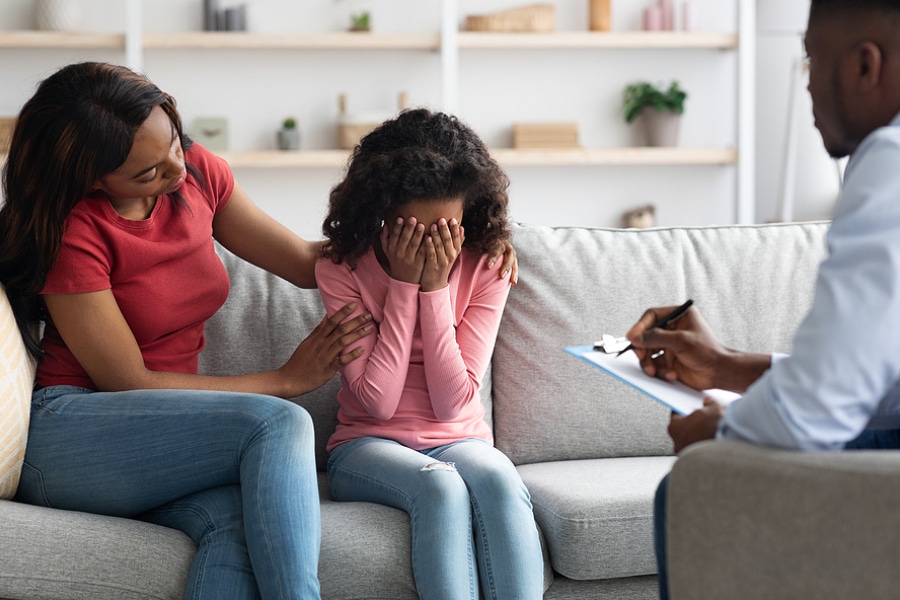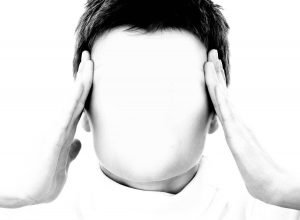Table of Contents
Cognitive Behavioural Therapy (CBT) is a form of talk therapy that equips children with the necessary skills and methods to assess and respond to their emotions or situations. Through CBT, the child may better understand themselves and can navigate effectively through any life challenges they face as they grow up.
For example, a child may say, “Assembling my Lego set is getting boring and taking too long. I do not want to play with that toy anymore!” CBT helps the child to see the situation in another manner. “Assembling the Lego set might be complicated, but I can complete it piece by piece.”
The aim of CBT guides children to focus on what is happening now and what will happen in the future rather than what happened in the past. This method of therapy ensures that children are aware that they cannot control and change what happened in the past, but they can change the present and future by controlling how they respond to situations through their behaviour and thoughts.
What does CBT help with?
CBT helps with a multitude of conditions that your child might be going through:
- Panic & Anxiety
- PTSD
- Bipolar
- Low Self-Esteem
- Chronic Stress
- Depression
- Behavioural Disorder
- ADHD
- Lack of Emotional Control
Forms of CBT Techniques
The end goal of CBT is to help children discover and understand themselves better by helping them to learn to replace negativities with positivity. Here are some techniques that have been proven effective in the treatment of the various conditions mentioned above:
1. Exposure Technique
This is one of the best techniques used to treat panic and anxiety in CBT. The aim of this technique is to expose the child to specific trigger points in a safe space. This technique ensures that the children get used to and are mentally aware of the negative experiences, helping them control, regulate, and cope with their emotions.
The basis of exposure therapy starts with the identification of the level of fear. For example, if the child has a fear or anxiety whenever they come across dogs, the therapists might ask the child to indicate their level of fear on a scale of 1-10, with 1 being having no fear to 10 being full-on anxiety and fear. From there, the therapist can better gauge where to start and expose the child to a different variations of dogs, from pictures of a cartoon dog to a physical living dog. The end goal is to help the child gain mastery over current and future situations.
2. Modelling Technique
This CBT technique is based on social learning theory. By emphasis on watching and imitating specific role models, the child learns and understands what type of behaviour is desired and hopefully integrates it into their life. Typically for this technique, a form of motivational reward is necessary to encourage the learning of desired behaviour.
3. Restructuring Technique
This is a form of CBT technique that challenges particular mental distortion and negativity the child may have. While most children generally will brush aside mental distortions and negativity easily, some, especially with panic and anxiety, subconsciously allow themselves to dwell on the issue, leading to an outburst in unwanted behaviour.
In the restructuring technique, the child is taught how to conduct a mental trial in every challenge they face. They are taught how to find specific evidence in the challenge they come across to justify a particular action.
Types of CBT
- Individual CBT: Involving only the therapist and child, it encourages personalised attention and solution. The child may find it easier to open up as well.
- Group CBT: Involving a group of children facing the same situation, the child may find support from a group of like-minded friends, which encourages not only improvement in that child but also in the rest of the therapy group.
- Family CBT: Involving the parents and child, parents learn specific parenting techniques that help them to manage the child’s mental condition.
Conclusion
Cognitive Behavioural Therapy is not limited to just children but also is recommended for adolescents and even adults. However, it is always best to start young and not wait till your child grows up. While there are many therapists in Singapore that offer CBT, it is vital to ensure that the therapist has rich experience working with children. You would not want a therapist who only works with an adult to be working with your child.
Hence, if you are on a search for a child therapist who offers CBT, why not start your search with A Space Between? From group session therapy to private therapy, our private counsellors and therapists have rich experience working with clients of all ages, ensuring that your child is in good hands. For more information on our range of services and therapists available, you may find out more at https://aspacebetween.com.sg/therapist-directory.
No matter what you’re facing, perhaps our website can offer up some solace or comfort. Know that you’re not alone, and that there is help available. This can be hard to keep in mind if you haven’t quite found the right support system. While it’s definitely not easy to find the right fit—whether you’re looking for a support group or a mental health provider—with diligence, it’s totally possible.
If you are a therapist, life coach or counsellor looking to join our growing community, head over to book a tour once you have learnt about the plans we offer. At A Space Between, there is a ready league of providers you can network with. With professionals from various backgrounds and therapy practices, there are bound to be the ones you can connect with. Private practice does not have to be lonely.



